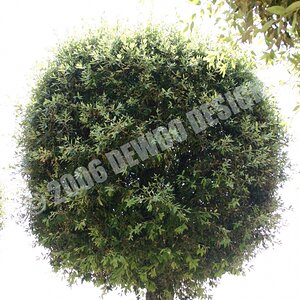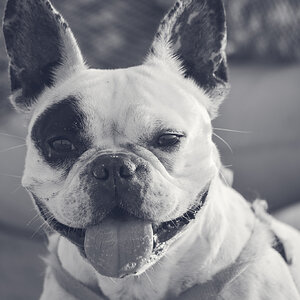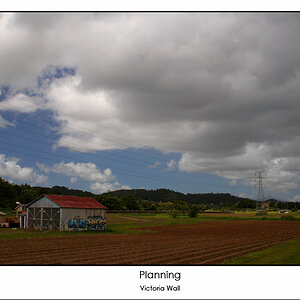bleeblu
TPF Noob!
- Joined
- Oct 9, 2011
- Messages
- 159
- Reaction score
- 58
- Location
- Alabama
- Website
- bleeblu.com
- Can others edit my Photos
- Photos OK to edit
And how can I recreate it? I've contacted the photographer but he hasn't replied. Much thanks!
Not nude but NSFWish
Where Professional Models Meet Model Photographers - ModelMayhem
Where Professional Models Meet Model Photographers - ModelMayhem
Not nude but NSFWish
Where Professional Models Meet Model Photographers - ModelMayhem
Where Professional Models Meet Model Photographers - ModelMayhem








![[No title]](/data/xfmg/thumbnail/36/36966-71220579619c9a335442302fce0e57aa.jpg?1619737842)